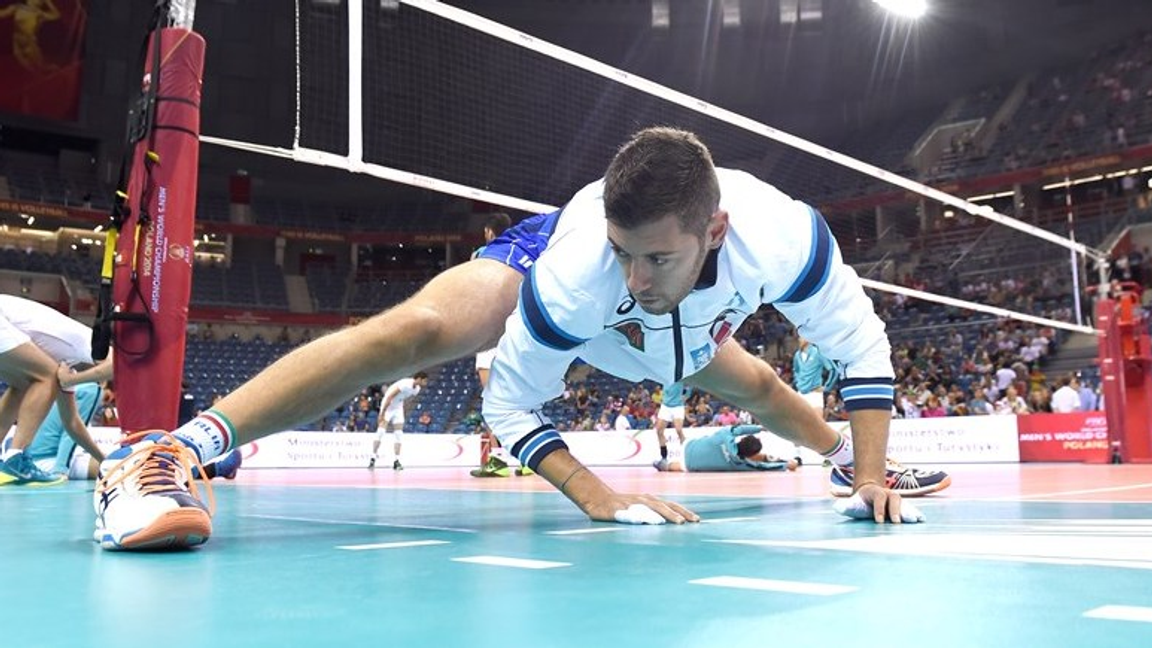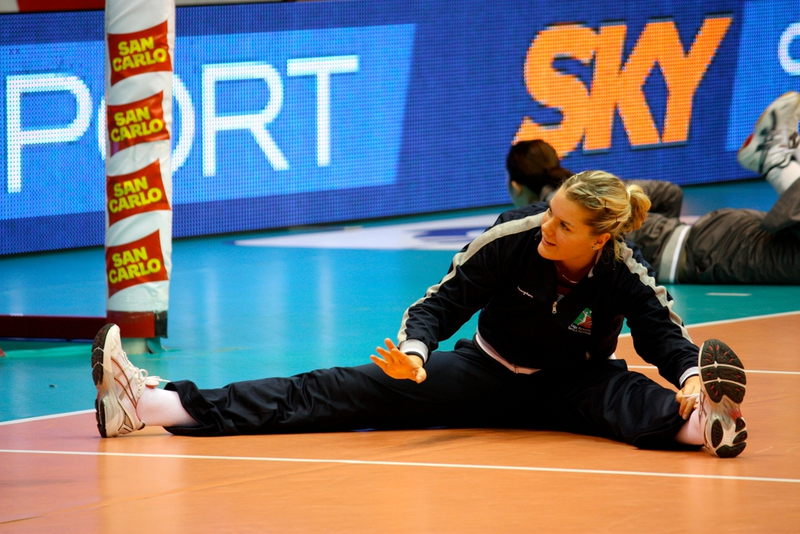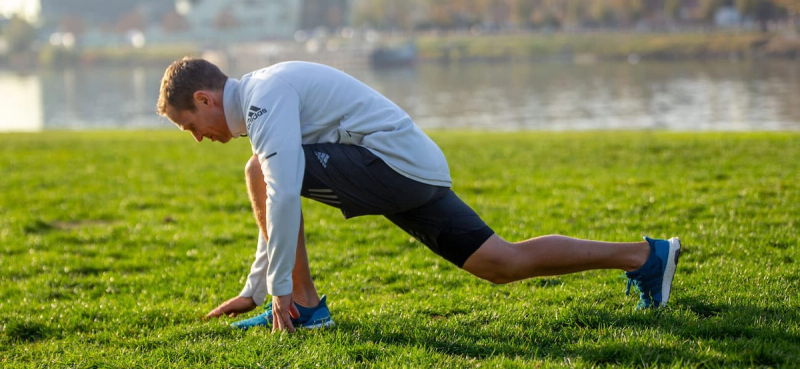
Volleyball Dynamic Warm-Up Drills

Matt Nikishin
•
4th August, 2025
Warm-ups are the secret sauce to peak athletic performance, especially in fast-paced sports like volleyball. Whether you're spiking, diving, or setting, your muscles and nervous system need to be primed—not just “woken up,” but fully ready for explosive action.
Unfortunately, many volleyball players still rely on outdated methods like sitting stretches or slow jogs. These passive routines can leave muscles cold, reaction times slow, and bodies vulnerable to injuries.
So, what’s the fix? 🤔
Dynamic warm-up drills that actually mimic the game’s movements and engage your body from head to toe.
Static vs. Dynamic Stretching
What’s the Difference?
- Static Stretching: Holding a position for 20–60 seconds. Think toe touches or sitting hamstring stretches.
- Dynamic Stretching: Controlled, sport-specific movements that gradually increase reach and speed.
Why Static Stretching Doesn’t Cut It
Static stretches before intense movement can reduce power output. Yes, you read that right. They make you feel flexible but don’t actually activate the muscles needed for quick volleyball plays.
The Power of Dynamic Movement
Dynamic warm-ups increase blood flow, improve joint mobility, and wake up the nervous system—key for volleyball actions like jumping, diving, and reacting fast.
Science Behind Dynamic Warm-Ups

A well-structured dynamic routine stimulates your neuromuscular system. That means:
- Faster footwork
- Sharper reflexes
- Better coordination
- Lower risk of strains and tears
In fact, studies show dynamic warm-ups improve sprint times and jump height—both crucial in volleyball.
Top 3 Volleyball Dynamic Warm-Up Drills
Drill 1 – Dynamic Leg Swings
What it is: Controlled leg movements forward/backward and side-to-side.
Why it works:
- Opens up the hips
- Activates hamstrings and quads
- Prepares your lower body for jumping, lunging, and lateral moves
How to do it:
- Stand next to a wall or net post for balance.
- Swing one leg forward and back 10–15 times.
- Repeat side-to-side swings.
- Switch legs.
Drill 2 – Arm & Shoulder Activation
What it is: Band-resistance or bodyweight shoulder rotations and arm swings.
Why it works:
- Protects the rotator cuff
- Prepares for overhead moves (serves, spikes, blocks)
- Builds muscle memory for injury prevention
How to do it:
- Use a light resistance band.
- Perform external shoulder rotations, arm circles, and volleyball-specific swings.
- Do each for 30 seconds per arm.
Drill 3 – Quick Reaction Drills
What it is: Fast footwork or partner-based reaction games.
Why it works:
- Activates fast-twitch muscles
- Improves mental readiness
- Gets you game-ready in seconds
Examples:
- Cone shuffle drills
- Jump and touch reactions
- Partner point-and-react drills
Bonus Drills for Advanced Players
- Lateral Bounding: Builds side-to-side explosiveness.
- Plyometric Lunges: Boosts jump height and landing control.
- T-Spine Rotations: Improves torso mobility for better hits and digs.
What to Avoid in Your Warm-Up Routine

- Skipping Warm-Ups Altogether: Cold muscles = higher injury risk.
- Doing Static Stretches First: Save them for cool-downs.
- Not Being Sport-Specific: Volleyball requires agility, reaction, and explosion—not yoga poses.
Benefits of Dynamic Warm-Ups

- Increases vertical jump
- Improves focus and mental alertness
- Enhances agility and coordination
- Reduces risk of sprains, strains, and tears
- Helps players feel confident and game-ready
Tools to Help Your Warm-Up Routine
- Resistance Bands – Great for shoulder work
- Agility Cones – For foot drills
- Printable Routine Sheets – To post in locker rooms
- Apps – Warm-up timers and reminders
Frequently Asked Questions (READ THESE)
1. Can I do dynamic warm-ups before every game?
Yes! They're ideal before any volleyball game, practice, or workout session.
2. How long should a dynamic warm-up last?
About 10–15 minutes is plenty for most players.
3. Are resistance bands necessary?
Not required, but highly recommended—especially for shoulder and arm prep.
4. Can dynamic warm-ups replace stretching?
No, they complement it. Save static stretches for after the session to aid flexibility and recovery.
5. What if I don’t have much space to warm up?
Use drills like arm swings, leg kicks, and reaction jumps—all doable in small spaces.
6. Do pros use these warm-ups too?
Absolutely. Top-level players and teams always incorporate dynamic routines to enhance performance.

Warming up isn’t just a pre-game ritual—it’s your secret weapon for dominating the court. By adding these volleyball dynamic warm-up drills to your routine, you’ll move faster, hit harder, and stay healthier.
Remember, a great game starts with a great warm-up. Don’t just go through the motions—warm up with purpose, and watch your performance IMPROVE!
Trying to improve your volleyball skills? Rewind lets you send your video and get tips from a coach who helps you step by step. Visit tryrewind.co and start learning today. Click the image below to get started.
